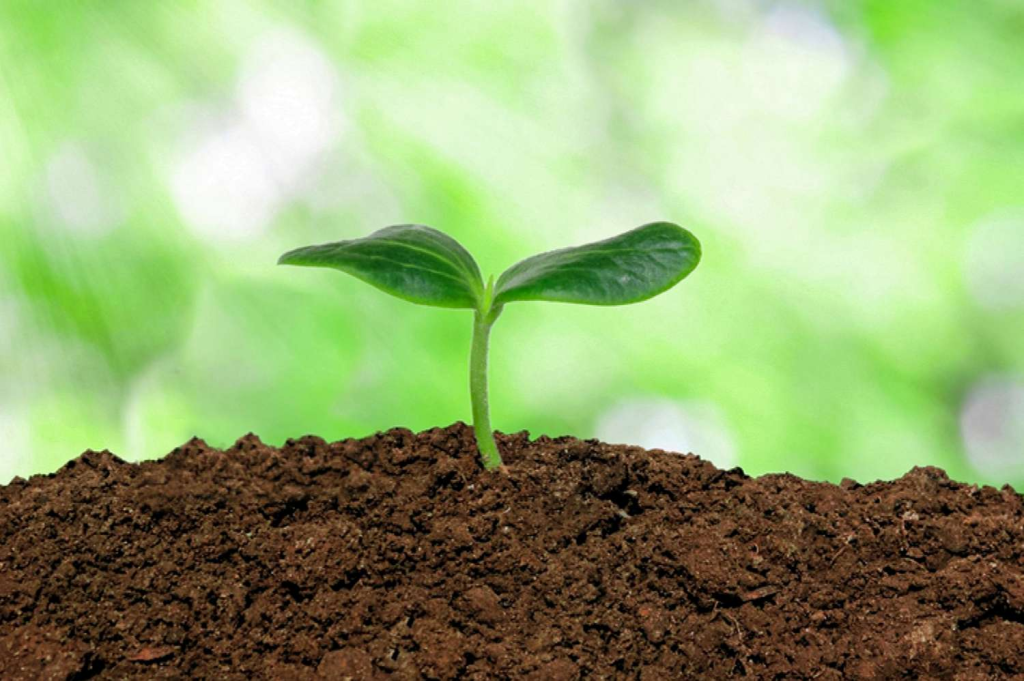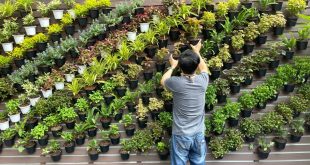Fruit shrubs and trees have a bad reputation in home gardening for being fussy and taking up too much space—but with the right varieties, any home gardener can have a successful fruit crop.
What to Think About When Choosing Fruit Plants
Not every type of fruit tree will thrive in every situation, so before you go to the nursery, consider your home garden and the conditions it provides:
Space
Many people believe that they cannot grow fruit because they do not own a large estate, but this is completely false. Not only are there many space-saving fruit shrubs and vines (such as raspberries, strawberries, and melons), but there are also dwarf varieties of nearly every fruit tree (from cherries to peaches to lemons).
Sun
Most fruits require full sun to develop sugars—the sweeter the fruit, the more sun it requires. You’re in luck if your garden is sunny! If your garden is a little shadier, don’t despair—sour cherries, raspberries, blackberries, and certain varieties of plums and strawberries will thrive in partial shade.

Temperature
Different fruits thrive at different temperatures, so when selecting varieties, make sure your selections will be able to survive the winter in your garden. There are several varieties that can withstand cold temperatures, including cultivars (cultivated varieties) of apples and crab apples, sour cherries, plums, pears, raspberries, and blackberries. If you live in an area that experiences particularly cold winters (below 0 degrees Fahrenheit), you can still grow fruit—just choose dwarf trees and grow them in pots indoors.
Soil
All fruits dislike having “wet feet,” which occurs when their roots are constantly submerged in water. If you want to keep your fruit trees and shrubs happy and rot-free, make sure you plant them in well-draining soil (whether in the ground or in pots). While most fruits will thrive in basic mulch, some plants (such as blueberries) require more acidic soil, so plan accordingly.

Fruits That Grow Well in Home Gardens
Raspberries and blackberries
These fruits, known as “brambles,” are hardy and require little more than an occasional prune to keep them fruitful. While these bushes are well-known for their thorniness, there are now thorn-free varieties available.
Strawberries
Strawberries are one of the most low-maintenance fruits, requiring only a small amount of space and water. Plant them directly in your vegetable garden or in sunny pots. While they can withstand cold winters, you may need to replenish the beds with new strawberry plants every couple of summers to keep the crop going.

Plums
Plum trees are hardy, and the majority of them produce large crops every other year. Because only a few varieties are self-pollinating, you may need to purchase two trees if you want a plum harvest.
Cherries
Sweet and sour cherries are both low-maintenance small-fruit trees that require little to no pruning and are pest and disease resistant.
Apples
Apples are one of the hardiest fruit trees and are widely grown in the United States. Many cultivars can withstand harsh winters. However, apples are often more susceptible to pests and disease than other fruits.
Peaches
Peach trees are naturally small, making them an excellent choice if you don’t have a lot of space. They do require some pruning and thinning to produce the best harvests.
Pears
Pear trees are a great cold-hardy fruit, and if you’re worried about space, it’s easy to find dwarf varieties of the tree.
Figs
The fig tree is a low-maintenance, everbearing tree. While standard varieties are frost-tender, newer varieties are much more cold hardy—and can even be grown in pots to be moved indoors for the winter.


